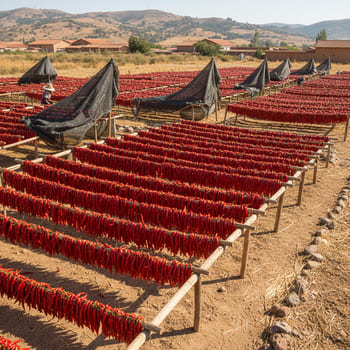
Screened sun-dry
Split time between sun and net to keep bright color.
FIELD JOURNAL • INDIA
We don’t chase headlines. We log weather quirks, mill temps, the way a pepper batch smells when it’s finally ready. These notes help us buy better next season — and help you cook calmer tonight.
Every entry is traceable by village and date. Most stories are short; some wander like a market lane. All are written after doing the work.
THIS WEEK
Short reads you can finish before the kettle boils.
Rains skipped two mornings, then returned soft. Leafy beds perked without a flood. We’re keeping shade nets lower till Friday.

After dressing the stones, the flour warms slower. Palms stay comfy after a minute — that’s our rough test before a full mesh run.
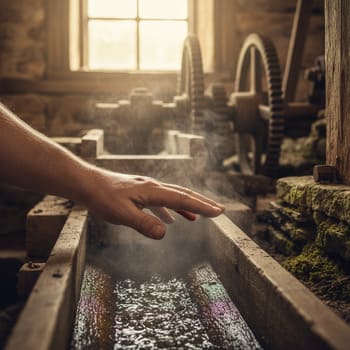
We pulled the egg route 40 minutes earlier. Fewer bumps on the town road and better set on Monday’s bhurji tests.

PHOTO ESSAY
A light steam, a slow dry — barely movement, lots of flavor.
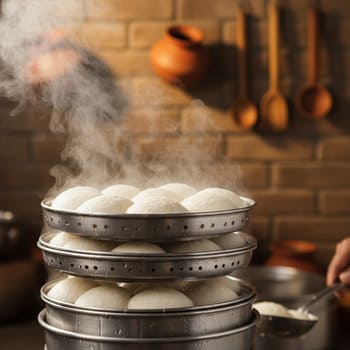
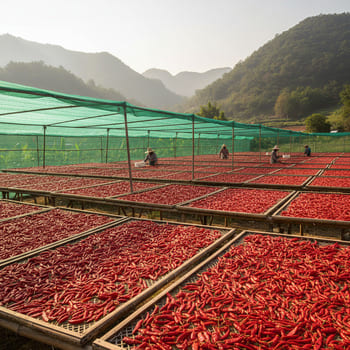
FIELD METHODS
We publish trials even when they’re boring. Small tweaks add up to calm plates.

Split time between sun and net to keep bright color.
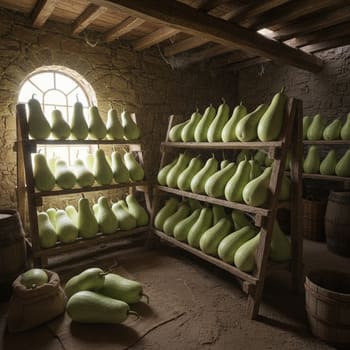
Racks breathe better; we lose fewer gourds to sweat.
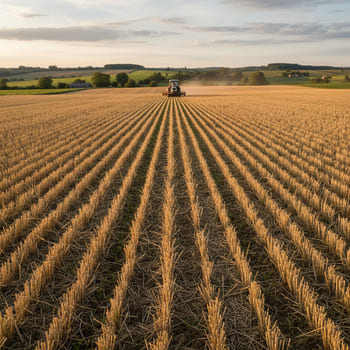
Leaving stalks softens soil and saves early waterings.
RECEIPT STRIP
Plain numbers we keep: weight, village, and notes for next time.
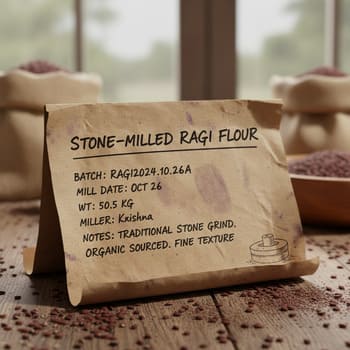
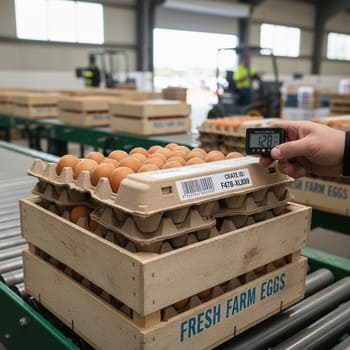
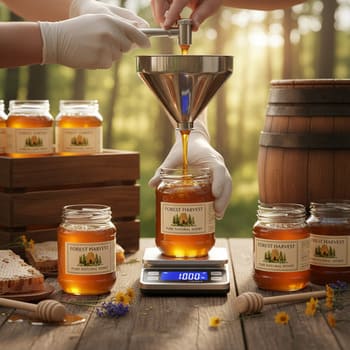
MILL NOTES
Two quick checks we log before posting a flour lot.
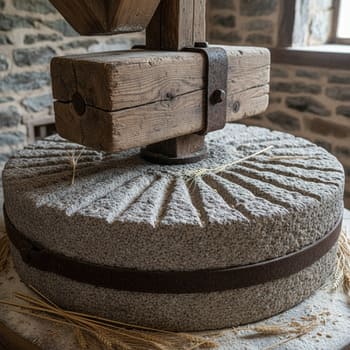
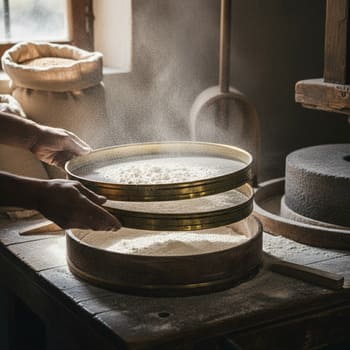
BATCH EXCERPTS
Every QR opens a journal entry. These four are from last month.
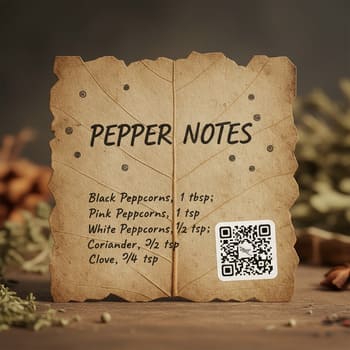
Cured slow, clean bloom at the end of a sip.
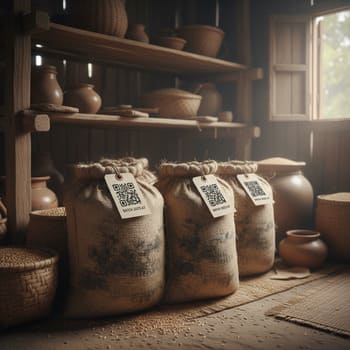
Air-rested for a year; starch settles down nicely.

Chilled within 45 minutes; calm air beats deep cold.

Gravity filtered; floral finish sticks around.
KITCHEN TESTS
Not photo shoots — just proof that lots behave in a pan or bowl.
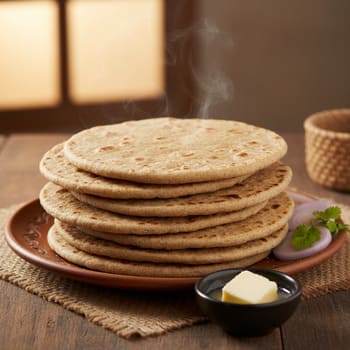
Fold without cracking — mesh and moisture match.

Clear heat, late bloom — pepper batch passes.

Spoon stands lazy — density reads right.
MONSOON NOTES
Short captions, slow scenes — the kind that teach patience.

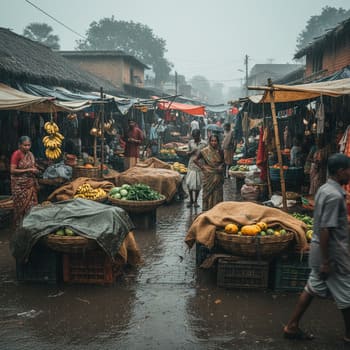
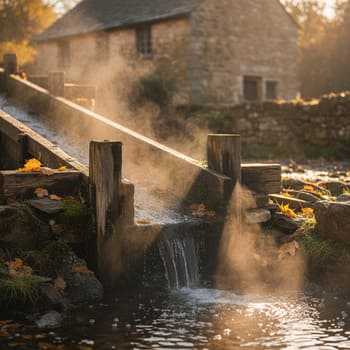
BATCH TRAILS
Slide the strip — each stop links a lot to weather and work.
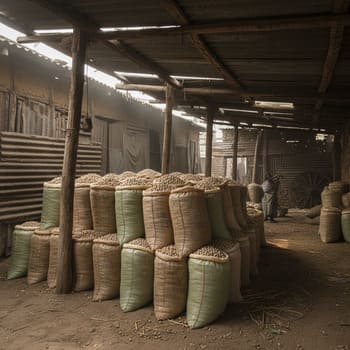
Chickpea after first rain; sacks rest above floor.
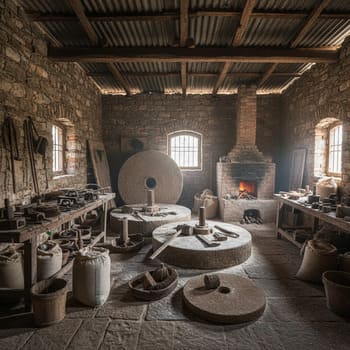
Stones dressed; flour warms slower by touch.

Butter clarifies to grainy, nutty ghee.
SUN & SHADE
Light and airflow — manage these and most lots behave.
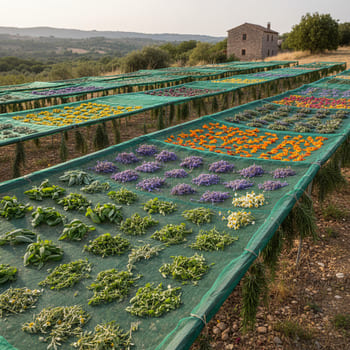

POSTCARDS
Not glossy — just memory aids for the next round of buying.
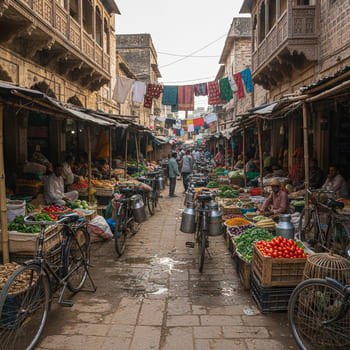

QUALITY NOTES
Short and boring on purpose — boring is reliable.

TERMS WE USE
These five words pop up in our journal — here’s how we mean them.

Move your cursor over a chip to see what we mean by it.
THIS WEEK, IN NUMBERS
Not vanity — just the dials we watch to keep flavor calm.
Journal entries with photos and checks.
Shorter routes vs. last week.
Egg trays that reached intact.

CLOSING NOTE
Memory fades. Notes don’t. A quiet record helps us pay better and cook kinder. When batches drift, the journal tells us where.

FIELD ESSAY
This long read stitches together what our journal keeps hinting at: why we buy fewer lines, what “calm routes” actually mean, and how a stone mill can teach patience better than a lecture.
The shed has two clocks. One is on the wall, polite and precise. The other is in the grain, rude and seasonal. Our work at Farm & Fable is learning to read both: ship on time, but never force a lot into readiness because the calendar is hungry. When we say “calm buying,” we mean trimming choices and noise until taste—not fear—sets the pace.
The monsoon told this story again. First rains came late, then kind, then moody. Millets handled it like grown-ups; leafy beds sulked, then forgave us after we lowered the shade nets. We logged each shift—a half hour here, a mesh change there—so the next batch wouldn’t inherit our impatience. You won’t see these notes on the label, but they live in the journal and quietly steer prices, routes, and what we decide not to sell at all.
“Fewer lines, better lots” isn’t a slogan; it’s a cost. Saying no to ten trendy items means saying yes to the boring work of dressing mill stones, checking warmth by palm and not by theory, and holding a spice until the nose shows up. A broad mesh in flour reads nicer in a pan than on a spreadsheet. It toasts with a rounder edge, asks for less ghee, and leaves a fuller mouth. That tiny difference is why we refuse to rush a cooling run just to catch a dispatch window.
Routes matter as much as fields. We keep them short and morning-bound. Egg trays crack less, jars sweat less, and drivers swear less. This is not romance; it is logistics with taste as the judge. The same jar of honey can arrive floral or tired depending on the truck’s hour, the crate’s padding, and whether the stop at noon happened under sun or shade.
Partners shape us. A farmer in Wardha argued gently for a price floor before sowing. We agreed, posted the floor in writing, and watched the lot change hands with less fear and more planning. A miller in Raipur said the stones were “whispering” after a fresh dress. He meant the grind felt cool and even. We learned to trust that word as much as the thermometer.
What about waste? Calm buying is also refusing to pretend. If a spice batch cures flat, we don’t paint it with adjectives. We sell fewer jars or skip the line that season. The journal carries that note so we can answer, years later, why the 2025 lot behaved differently from 2024. You will not see a miracle fix here—only small dials and boring discipline.
Storage is another quiet vote. Dry shelves for grains, cool shade for spice and flour, and a chiller that doesn’t bully dairy. Most households know this already; our job is to make it harder to forget. Labels tell village and date; QR codes open the batch story with photos, sieve spreads, and the small reasons behind a price you might not love at first glance.
We also changed how we talk about flavor. Instead of grand words, we log when a finish shows up: the late bloom on a pepper sip, the calm of an aged rice that steams loose without drama, or the way ghee smells when it goes from sweet to nutty. These are tiny, repeatable notes. If we can’t teach a cook to taste the same thing at home, the note is theatre, not service.
There is a tension between speed and care that will never go away. We are a small team; we cannot answer every message in an hour or ship to every pin code every day. But the journal keeps us honest: if a route delays jars, we change the route; if a mill warms fast, we pause and dress stones; if a lot won’t sing, we don’t make it sing on the label. The record protects the next harvest from our current pride.
This essay folds into our weekly dispatches. For lot-specific details, scan the QR on your tag or browse the Range.